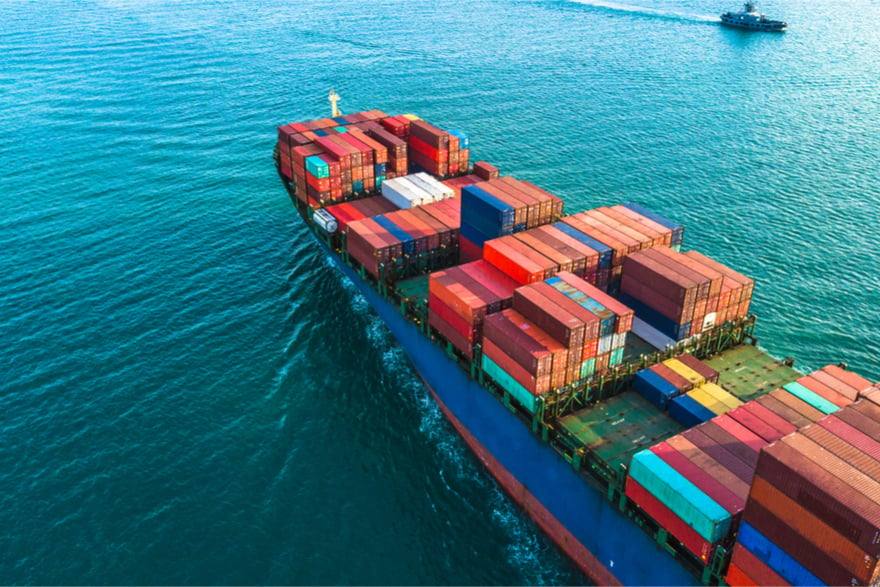China is no longer a rising superpower in the ecommerce world — it’s gotten there and cemented its perch as one of the leading choices for suppliers and manufacturers. They can be a great place to source products from; however, the process of getting them to Amazon FBA isn’t always easy, fast or simple. Luckily, RepricerExpress has distilled it down into a handy guide you can use to save yourself time, money and effort.
Step 1: Decide How Your Products Will Get to Amazon
You need to get your products to an Amazon Fulfillment Centre so that Prime users can get their orders in the guaranteed two days. And to do that, there are essentially two ways of going about it.
- Use a third-party service. With this option, you can go about it in a couple of different ways. The first is to order the items directly to your home, then you handle getting it to a fulfilment centre by whichever shipping method you prefer. The second option is to have a logistics company handle that for you by receiving the items and then sending them off to the warehouse. The first option leaves the most control in your hands and can save you money, but it can also mean more work on your part to get everything sorted out. Going with a logistics company can cost more, but it means you can stay hands-off for almost everything since they’re pros in receiving, storing, handling, shipping and paperwork.
- Ship products directly to Amazon FBA. This method, just as it sounds, sends your products right from China to an Amazon Fulfillment Centre. But there are a few steps involved and you can’t just put in “Warehouse” on the address line — there’s a bit more to it than that.
Each method has its pros and cons, so let’s take a look.
- Shipping directly: This can be a week or two faster, cheaper, more convenient and can free up time for you to spend on other areas of boosting your Amazon business. But the flip side is you won’t get a chance to inspect your products for quality before handing them off, can’t use partnered carriers, and will probably run into difficulties trying to ship to multiple fulfilment centres.
- Shipping with a third-party service: You can use partnered carriers (if shipping to the 48 contiguous states) since the items aren’t going directly to Amazon, you’ll have an opportunity to stop poor-quality or broken items from going out to buyers and can ensure products match their descriptions and will have a much easier time sending items out to various fulfilment centres if they land on your or the logistics company’s doorsteps. However, for this convenience, you’ll be paying more, which can be problematic if your operating budget isn’t very big. Shipping will also take longer, and you’ll have to thoroughly vet both the shipping company and logistics company for quality, reliability and experience.
Step 2: Getting the Direct Shipment to FBA Sorted Out
If you’ve chosen to ship directly, then you’ll have to spend a few minutes getting the details done. It’s not very long or difficult — as long as you approach things with a technical mindset.
- First, log into your Seller Central account and create a shipment. If the shipment will be travelling by sea, then only choose one fulfilment centre to send the products to.
- If you’re using a partnered carrier, then it’s a good idea to put in a California address as the fulfilment centre destination. That’s because it’s a relatively “straight” line across the North Pacific Ocean between the two locations, and represents the most straightforward route.
- When it comes to individual products, you’ll have to make sure they’re each labelled with a barcode. All products will go into cartons and each carton needs a label. Those cartons will sit on a pallet and the pallet needs labels on all four sides. Since your supplier will be in charge of the labels, make sure your instructions to them are clear, thorough and easy to follow.
- Pallets need a special label called International Standards for Phytosanitary Measures No. 15 (ISPM 15), which essentially says that wood with a thickness greater than 6mm (like the wood used for your pallets) have been specially treated to prevent the spread of diseases and insects. There may be an extra charge for this, so be prepared to spend for it.
- Next, you’ll need to find a freighter that can transport your goods across the ocean and it really helps if you can partner up with a freighter that’s experienced with the China-to-Amazon shipping process. It makes things easier and simpler all-around. Head’s up: there will be duties involved in your products crossing an international border (that Amazon has no responsibility for), so ship them via Delivery Paid Duty (DDP). If going by sea, a customs broker will shoulder that responsibility, but you’ll have to take that on yourself if you’re shipping things by air.
Final Thoughts
If we had to choose, then shipping directly from China to Amazon FBA wins out because of time and effort saved. This will allow you to avoid worrying about the messy details and instead turn your attention to other important areas, like aggressively pricing your wares to attract the widest audience possible. That part can get really onerous and open to human error, so let an expert automator like RepricerExpress do the work for you and take you to the next level. The first part is signing up, and the second is enjoying the free trial it comes with.



